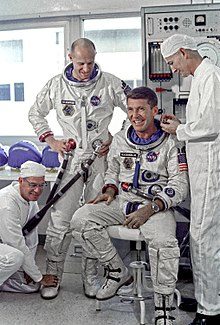Introduction
The YMI team have produced some resources about the Scottish poet Robert Burns, who wrote some of our most well known songs and poems. He is remembered every year on the 25th January when people around the world celebrate his works on ‘Burns’ night. His most famous work ‘Auld Lang Syne’ is traditionally sung at midnight around the world when the New Year begins. Burns grew up and lived in Aryshire and was just 37 years old when he died. He wrote a lot of poems in Scots, such as the lovely To a Mouse.
“Wee, sleekit, cow’rin, tim’rous beastie”
You can listen to the tutors sing some of his songs, sing along yourself and learn to play them on your iPad . We have added a few of the songs into in this post. and for teachers who can access our GLOW site we have several others you can explore.
If you would like to learn some more about Burns here is a great worksheet for Primary pupils, called Burns for Weans (or children in Scots).
Videos Lessons: A Man’s A Man for A’That.
Keyboard on the iPad
Learning Resources
 To download files right click on the links and then select either:‘
To download files right click on the links and then select either:‘
-
- Save Target As’ (PC)
- ‘Download Linked File As’ (Apple)
Here is one of our other lessons about The Gruffalo in Scots
A Man’s A Man for A’That
A Man’s A Man for A’ That Part 1
A Man’s A Man for A’ That Part 3
A Man’s A Man Backing Track. mp3 file
iPad Song sheets
Ipad (Bigger) – A Man’s a Man for a’ that – Full Keyboard
Ipad (Bigger) – Auld Lang Syne – Full Keyboard
Ipad (Even Bigger) – A Man’s a Man – Full Keyboard
Ipad (Even Bigger) – Auld Lang Syne – Full Keyboard


